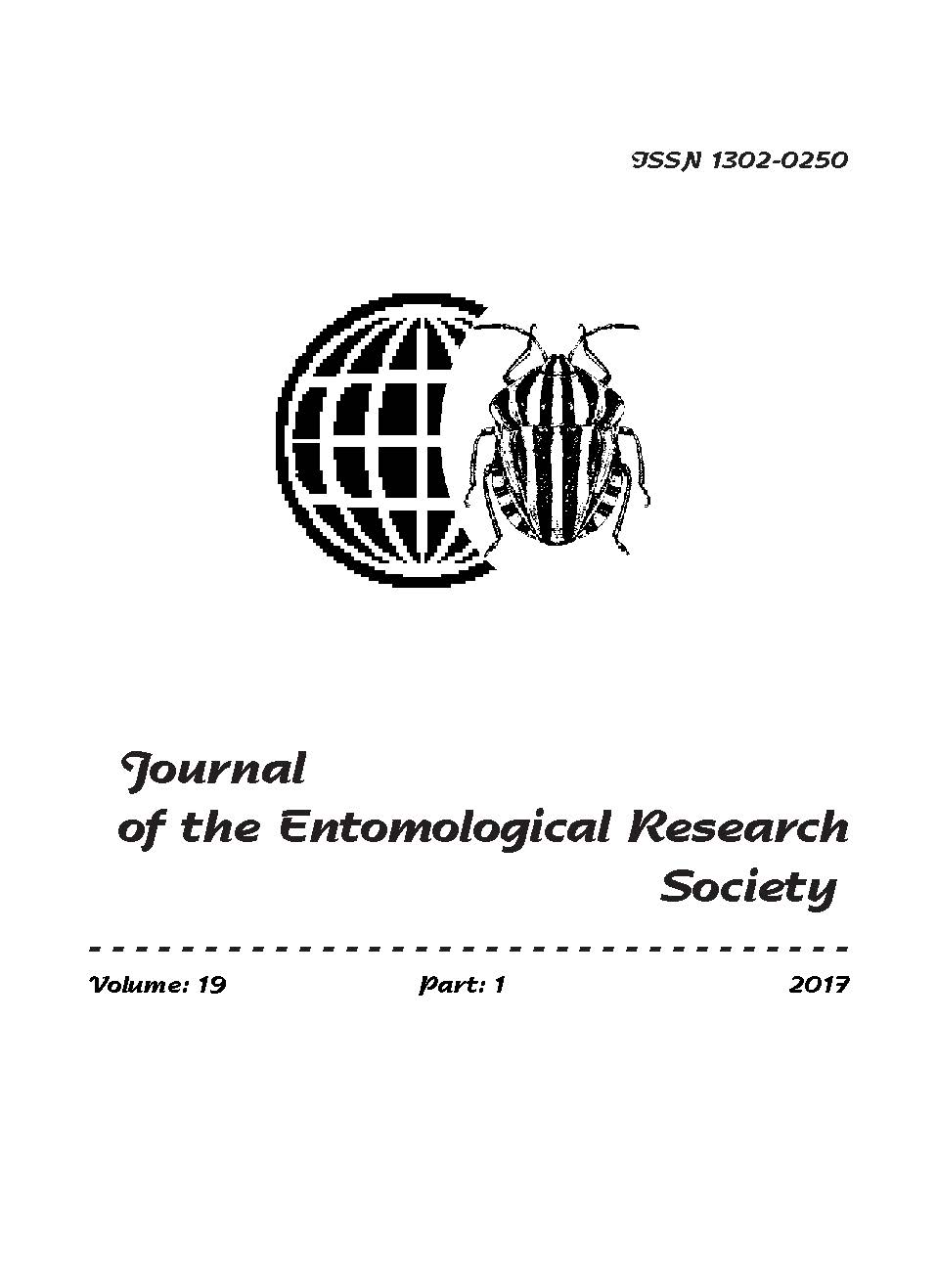A Practical Molecular Diagnostic Tool of the Date Moth Ectomyelois ceratoniae (Lepidoptera: Pyralidae) in Tunisia
Keywords:
Date palm, Pyralidae, Ectomyelois ceratoniae, cytochrome oxidase I, DNA barcoding, PCR-RFLPAbstract
Â
Â
 In Tunisia, date palms are infested by various insect pests, especially Pyralids, whose caterpillars feed inside dates, spoiling their quality. As a critical pre-requisite towards controlling these pests, their accurate taxonomic diagnosis must be applied at molecular level, independently from pest life stages. In the present study, we report the molecular diagnosis of the Pyralid moth Ectomyelois ceratoniae at the larvae stage, based on the Cytochrome Oxidase I (COI) gene sequence. We have sequenced a 710 base pairs fragment of the mitochondrial COI gene from 10 Tunisian E. ceratoniae specimens. The analysis of intra-specific diversity, using additional public sequences originating from Africa (GenBank: KP083440.1, KP083444.1, KP083442.1, KP083441.1 and JF748065.1) and Australia (GenBank: KF405701.1, KF40073.1 and KF397550.1) provided evidence of population differentiation over geographic scales, as the representatives of each continent (i.e. Africa or Oceania) formed a homogeneous cluster in phylogenetic analysis. Besides, we have used a quick method, based on Polymerase Chain Reaction-Restriction Fragment Length Polymorphism (PCR-RFLP), to distinguish between E. ceratoniae and two other Pyralidae moths commonly found in dates following harvest, namely Plodia interpunctella and Anagasta kuehniella. This study describes a rapid and efficient molecular diagnostic tool for highly-damaging Pyralidae species. It represents a significant contribution that will impact future pest control strategies of date moths in Tunisia.


